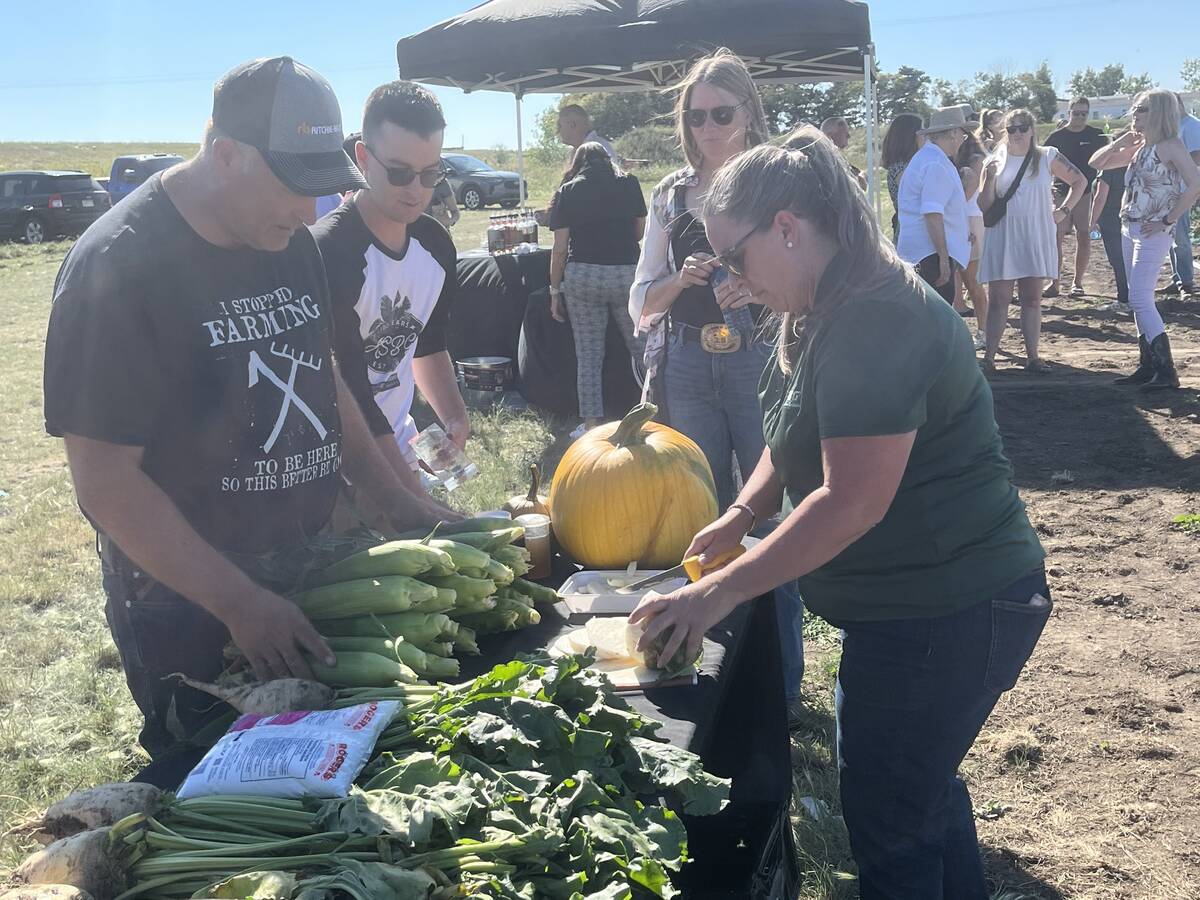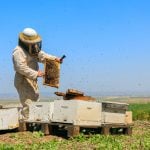Cattle and hog inventory numbers are up again this year, though the number of sheep continues to decline, according to livestock estimates released Aug. 18.
Here’s the breakdown:
The Statistics Canada data shows Canadian farmers had 13 million cattle on July 1, up .1 percent from July 2016. However, the number of cows is still 23.3 per cent below the peak level recorded in July 2005.
As for breeding stock, ranchers had slightly more beef heifers in 2017, with a .6 per cent increase from last July, which brings the total number to 673,200.
Read Also

Alberta farm lives up to corn capital reputation
Farm to Table Tour highlighting to consumers where their food comes from features Molnar Farms which grows a large variety of market fruits and vegetables including corn, with Taber being known as the Corn Capital of Canada.
Beef cows also increased by .5 percent to 3.8 million head, while calves increased by .2 percent to 4.2 million and steers saw an uptick of .9 percent. On the flip side, feeder heifers fell by five percent.
Canadian farmers also had 1.4 million dairy cows and heifers on their farms as of July 1, up 1.6 per cent from July 2016.
The disposition of cattle and calves also rose by 1.5 percent during the fist half of 2017.
Statistics Canada said this is mainly because of higher slaughter levels, which rose by 6.4 percent to 1.6 million head over the first six months of 2017.
However, the agency said international exports fell by 21.5 percent to 340,000 during the first half of this year because of lower exports of both calves and cattle.
Prices are increasing after dropping during the last six months of 2016. They haven’t returned to the historical high seen in 2015 but have stayed above the average price for the past five years.
Hog farmers reported having 14.1 million hogs as of July 1, a 2.1 percent increase from last July.
This marks the fifth consecutive year-over-year increase, pushing inventory up by 11.8 percent when compared to 2012 numbers.
As of July 1, there were 7,880 hog farms in Canada, a one percent increase from July 2016. These farms reported 1.3 million sows and gilts, up 1.2 per cent from the same date a year earlier.
Hog exports have also increased by two percent to 2.9 million.
Hog slaughter numbers in-creased by 2.3 percent, bringing the total to 10.9 million head.
Hog prices increased during the first half of 2017, according to Statistics Canada, although the agency said prices remain variable with the five-year trend being flat.
The sheep breeding herd has decreased with the number of ewes falling by 1.6 percent to 521,100 and replacement lambs slightly down by .2 percent to 86,900. The number of lambs for market decreased by 2.5 percent, while exports dipped by 42.2 percent.














